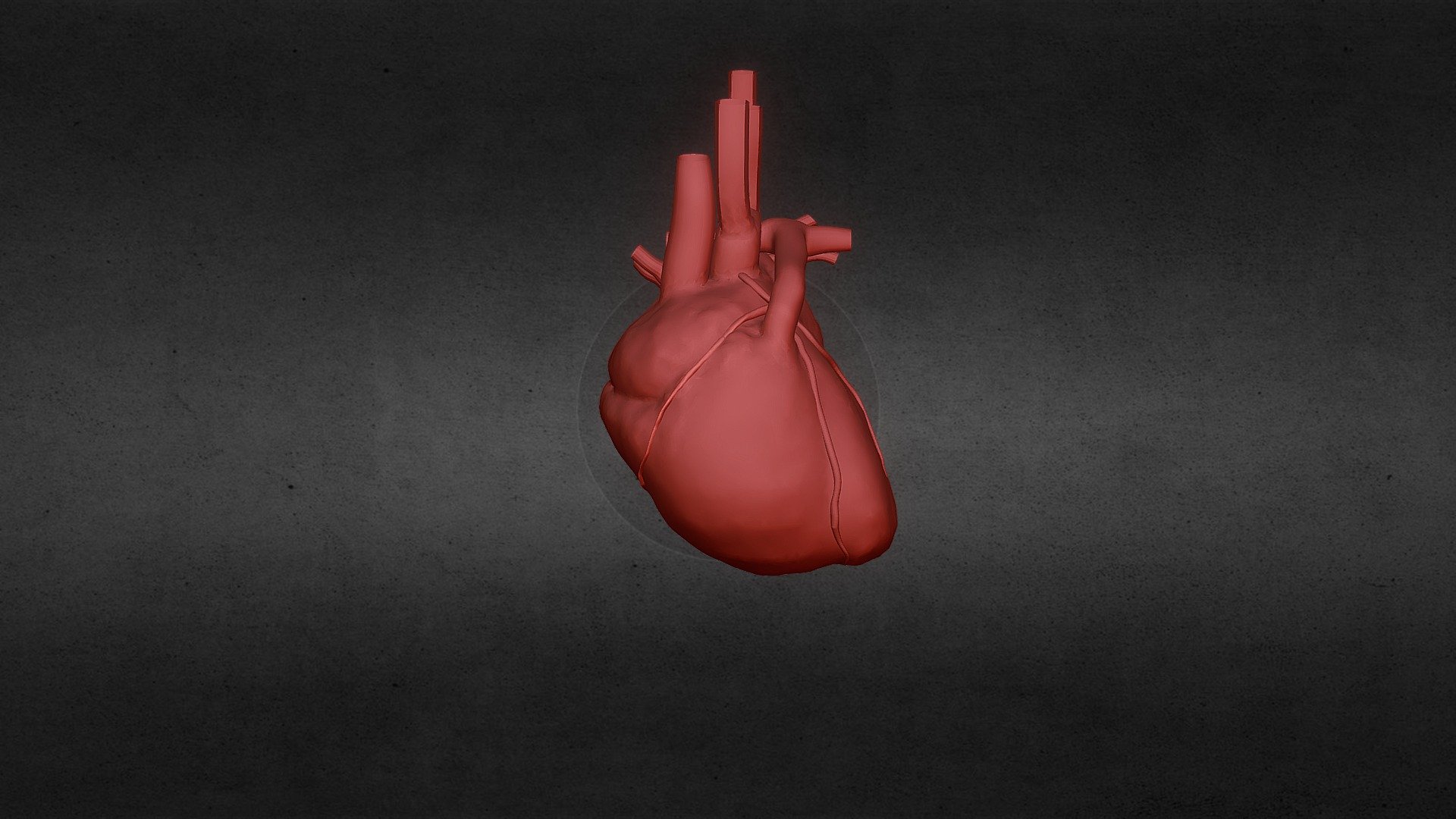
Many project professionals will know the feeling of lying awake catastrophising in the small hours the night before a crunch meeting. Unfortunately, this ability to visualise also works the other way. Unsurprisingly, politicians, leaders and celebrities swear by it too. World-class athletes tap into this visualisation technique to prepare to compete, because it develops their muscle memory even when they aren’t physically practising. Scientists have shown that when we imagine ourselves kicking a ball, the part of our brain that deals with kicking ‘lights up’. It did the heavy lifting, establishing the idea that leaving the EU was as easy and familiar as preparing a meal. Lancaster, a Westminster speechwriter who publishes books, runs workshops and presents lectures, aims to show that the art of brilliant communication is down to establishing connections.īy connections he refers in part to the dark art, honed by advertisers and political strategists, of tapping into our subconscious desires to find connections in order to make something abstract or mundane suddenly desirable.įor example, before 2016, no one had heard the phrase ‘oven-ready deal’, now synonymous with Brexit.
Project heartbeat how to#
Simon Lancaster’s new book, Connect!: How to Inspire, Influence and Energise Anyone, Anywhere, Anytime, couldn’t have arrived at a better time. Did the absence of these face-to-face events over the previous two years make us more acutely sensitive to being bored? Maybe you duck out of speaking slots for fear you will send your audience to sleep? Often, sexual and physical abuse from family members, including parents or guardians, can be major factors leading to a youth homeless.While 2022 has ushered in opportunities to connect with people in person at conferences and meetings, it has also exposed us to tedious presentations, pitches and rambling hosts. Family/relationship breakdowns, mental health, drug and alcohol addiction, housing crisis, inadequate or inappropriate living conditions, and insufficient income are just some of the factors that can lead young people into homelessness. There are many reasons why young people become homeless. They are often referred to as “the hidden homeless.” They are “considered an ‘invisible’ population and are underserved in our community,” said Nicholas Forge, a clinical field director for the Atlanta Youth Count 2018. Many homeless youths are also desperately struggling, living with friends or family, rather than in shelters or on the street, making them difficult to count.



Their homelessness tends to be the result of situational poverty created by an event or temporary condition (domestic violence, job loss, divorce, illness, etc.) or generational poverty. Homeless families are more likely to live in the shelter, hotels/motels, or doubled up with other families or friends, rather than on the street. Family homelessness consists of at least one parent with a child under the age of 18, most commonly a young, single mother. But that’s just a small part of the story. When people hear the word “homeless”, they often think of a man living on the street, some with substance abuse or mental health issues. Responding To the Immediate Needs of Our Henry County Children and Youth “In a Heartbeat”


 0 kommentar(er)
0 kommentar(er)
